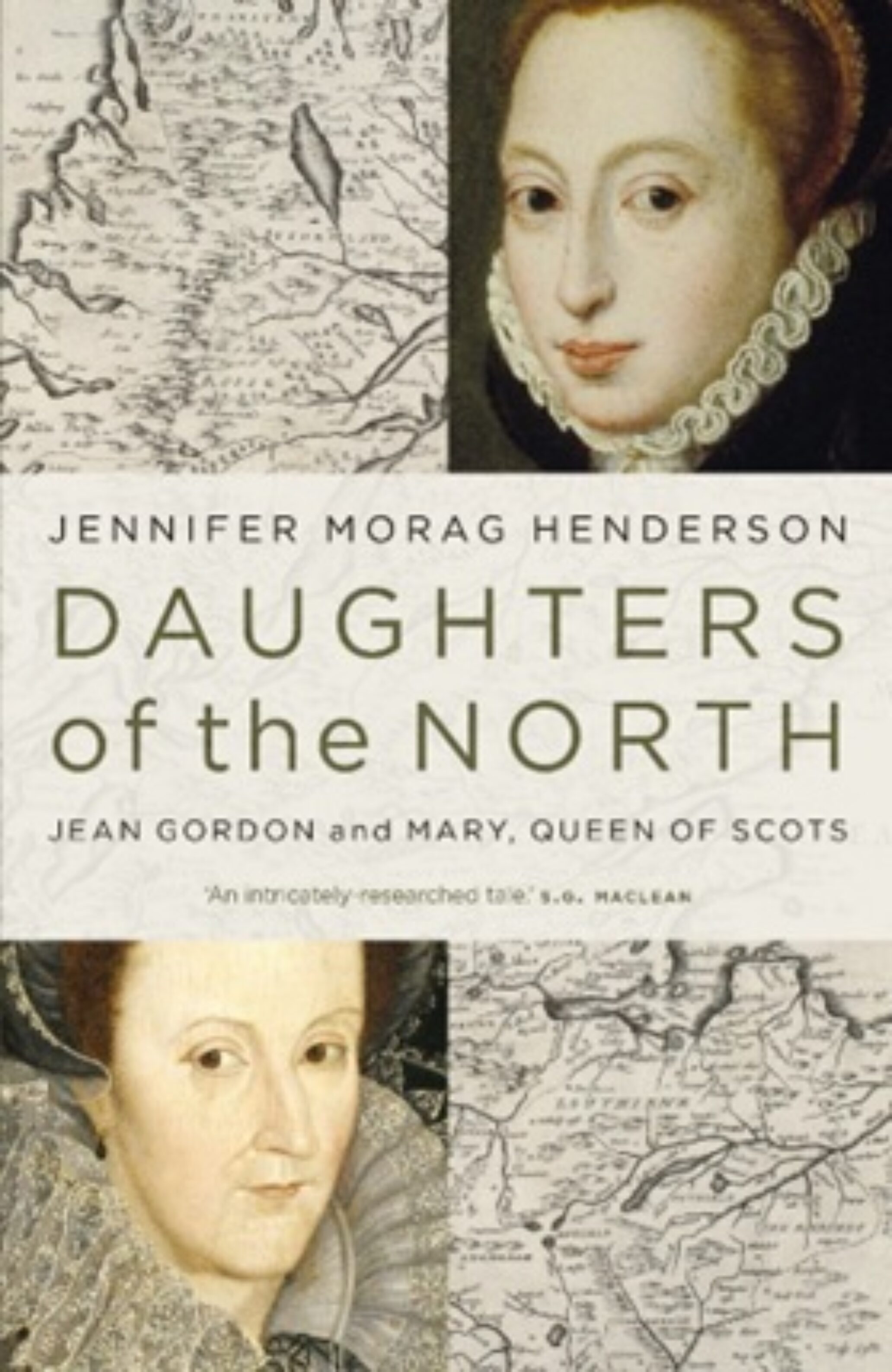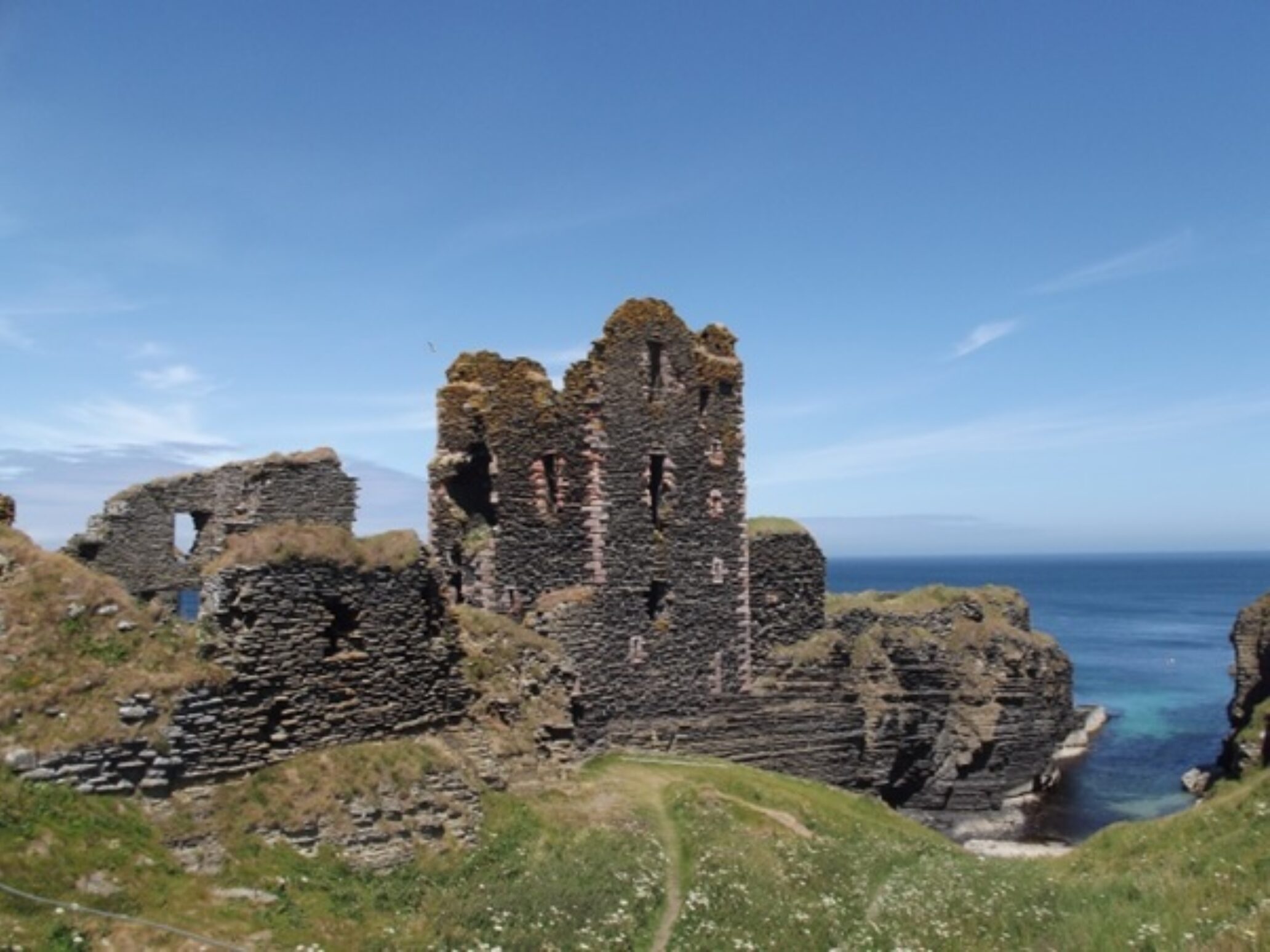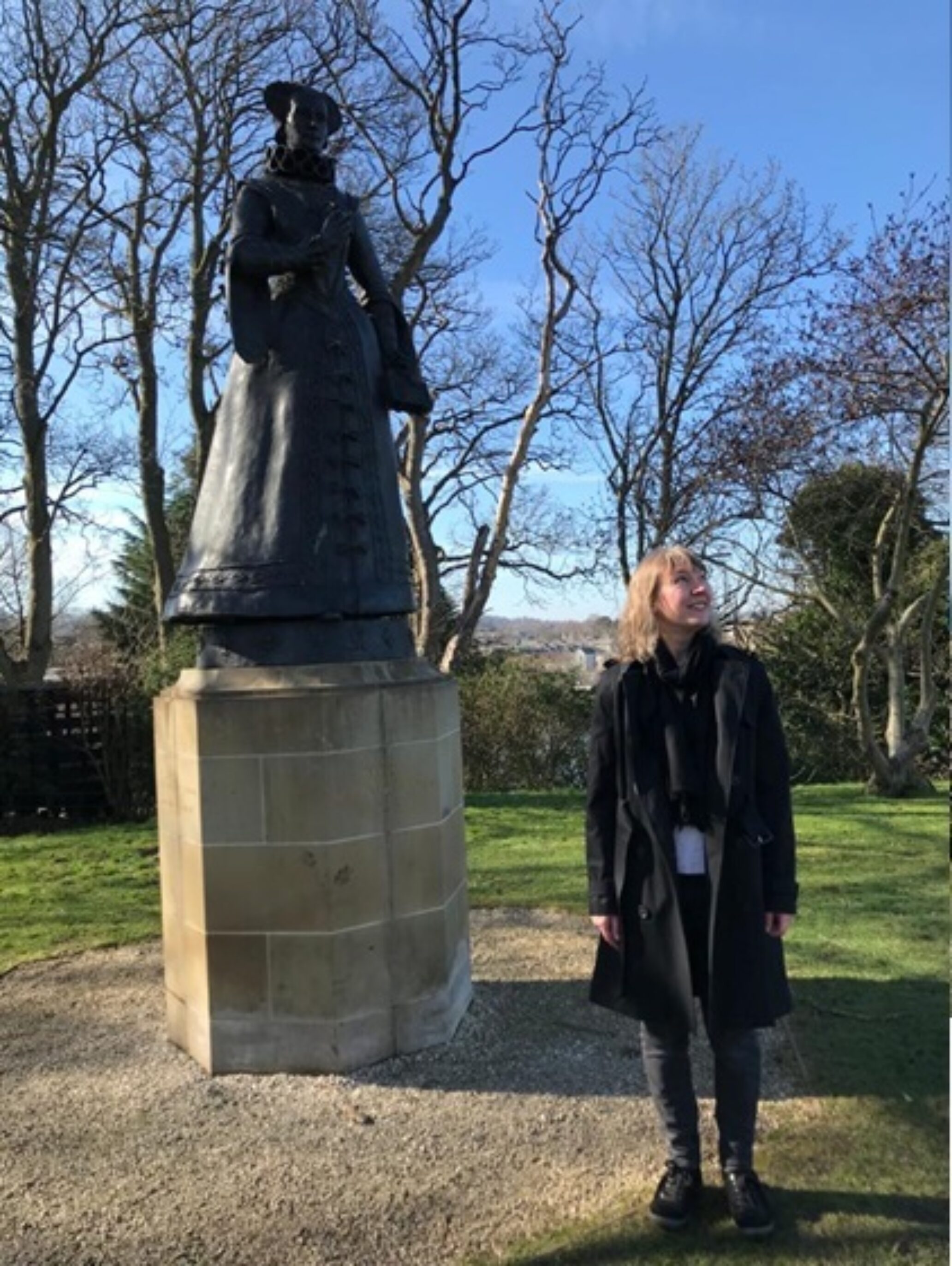Daughters of the North
Jennifer Morag Henderson discusses Jean Gordon, a notorious figure in the north of Scotland - and how she had disastrous consequences for the history of Caithness!
I have a long-term fascination with the history of the north of Scotland, and my new book “Daughters of the North: Jean Gordon and Mary, Queen of Scots” looks in detail at stories from Caithness – including the wilful destruction of a cache of the most important historical documents from the area. It’s a story that might help explain why the history of this place is sometimes overlooked.
“Daughters of the North” looks at the life of Jean Gordon, who was one of Mary, Queen of Scots’ ladies. Jean Gordon knew the Caithness area well: she walked and rode over the whole of the north of Scotland, and as Countess of Sutherland she was instrumental in shaping the landscape and its people.

Above - Daughters of the North. Remember you can purchase this AND support Caithness Broch Project if you select us as your Amazon Smile charity!
Jean Gordon is probably best known as the first wife of the notorious Earl of Bothwell: she was Bothwell’s first wife, and she and Bothwell divorced so that he could go on to marry the Queen. It was this final disastrous marriage that led directly to Mary’s downfall and long imprisonment in England.
Meanwhile, Jean remarried to the Earl of Sutherland, Alexander Gordon. Between them, the couple built up Sutherland as a powerbase, making an alliance with the Clan Mackay and slowly crushing their other northern opponents. The Earl of Caithness was a constant rival.
The Earl of Caithness at the time was known as ‘Wicked Earl George’ – perhaps an indication of his character, but perhaps also because we remember him mainly through the stories that Jean Gordon’s son told about him.
Jean’s son was called Robert, and he wrote “A Genealogical History of the Earldom of Sutherland” – a massive family chronicle that not only tells us how great the Gordons were, but is also a major contemporary source for the history of the north of Scotland.
Contemporary sources were so important when writing my book, and I not only used Robert’s history, but was also lucky enough to have access to Jean’s own handwritten letters to her family. They provide a wonderful personal insight into the events of the reign of Mary, Queen of Scots, and on into the time of James VI. Combined with legal documents, estate papers, histories and other records, it was possible to build up a full picture of Jean’s extraordinary life. However, when it came to finding out more about the Caithness side of the story, the history was strangely blank – why was that?
The answer is Jean’s son Robert’s actions. Towards the end of the long feud between Caithness and Sutherland, Robert finally persuaded James VI to give him a commission to go with ‘fire and sword’ against the Earl of Caithness. Prudently, Robert, who was more of a writer than a fighter, took with him a large army, and waited until Caithness had fled from his stronghold of Castle Girnigoe. Robert took possession of the castle – and burned all of the Earl of Caithness’ papers.

Above - Sinclair Girnigoe Castle
Earls at this time kept a strongbox: a locked chest, full of important documents – title deeds, written agreements of alliances, marriage certificates, correspondence – any sort of legal or business paper. Robert, university-educated as a lawyer and historian, knew exactly what he was doing when he burnt the papers of the Earl of Caithness: now, Caithness could not prove that he owned anything, nor could he prove that clans like Mackay had owed him allegiance for years. One historian called Robert’s actions an act of “destructive genius”.* It left the history of Caithness, from the time of the sagas to the 17th century, almost a blank. There were virtually no written records left. Perhaps this is one of the reasons why the history of Caithness is so little understood today – and why archaeological projects (like the Caithness Broch Project) are so important.
When I first started to research Jean Gordon I was interested in the love triangle between her, Bothwell and Mary, Queen of Scots. But gradually the story of the second part of her life began to fascinate me, the story of the Far North of Scotland with all its understudied drama: the poisonings, bloodfeuds, clan battles, Jean’s unexpected love story with her third husband, and her pioneering work as a businesswoman in charge of coal heuchs and salt production in Brora. History is often not what we expect – it is so much more.

Above - Jennifer by a statue of Mary Queen of Scots
“Daughters of the North: Jean Gordon and Mary, Queen of Scots” by Jennifer Morag Henderson is published by Sandstone Press and available in all good bookshops. Please go to this website to find out more: https://jennifermoraghenderson.com/2022/03/24/new-book-published/
*The historian was Ian Grimble, in his 1993 book “Chief of Mackay”. Robert Gordon’s family chronicle is properly known as “A Genealogical History of the Earldom of Sutherland, from its Origin to the Year 1630”.
Jennifer Morag Henderson will be speaking at the at John o' Groats book festival on the 29th and 30th October 2022. See www.jennifermoraghenderson.com for more details.